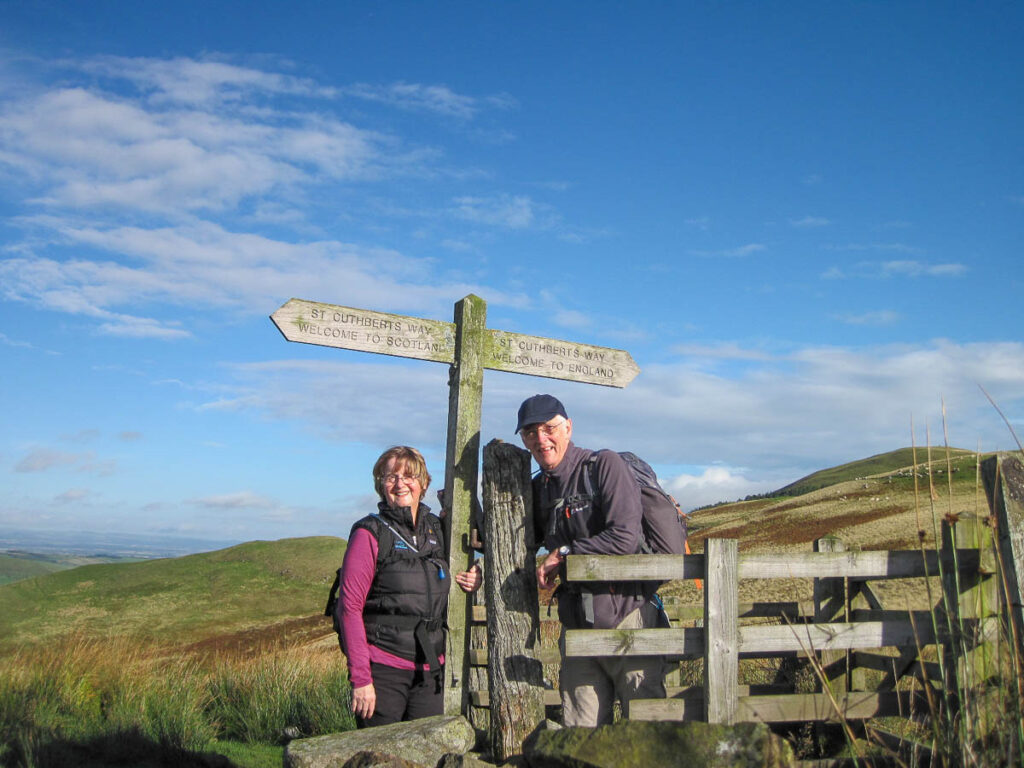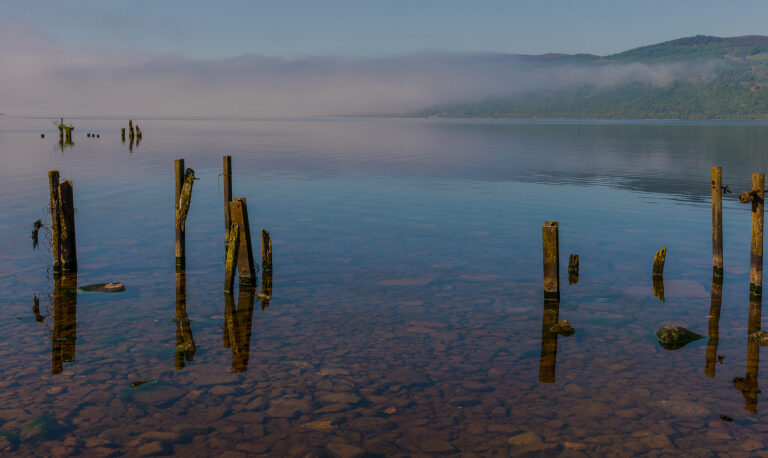Following Ancient Footsteps on Britain’s Best Pilgrimage Walks
We’ve had plenty of time to evaluate what’s most important to us over the last year. For many, that realisation has been that the simplest things in life – green spaces, fresh air, the company of friends and family – can often be the most rewarding.
Many of us have also realised just how closely our mental and physical wellbeing is linked to being outdoors, and how much of a boost we get from a new achievement – whether that’s acing a banana bread or running a 10km!
Historically, this is not dissimilar to the sense of spiritual wellbeing which came from completing a pilgrimage walk (a journey to a holy site) – something which has been around in almost all religions for thousands of years.
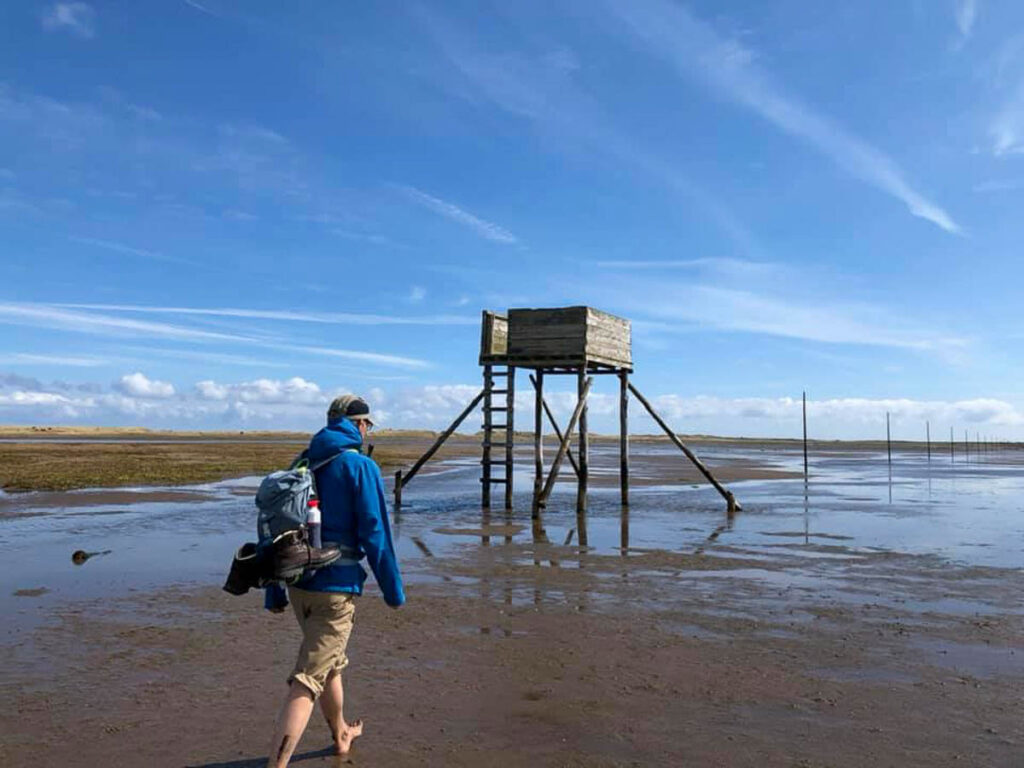
Pilgrimage walks have boomed in popularity in recent years, both in the UK and as far afield as Japan and The Middle East. Whilst some trails grew organically from religious roots, a large number are non-religious and cultural – aiming simply to connect people through walking, nature, and local hospitality.
The millions of people who embark on a pilgrimage each year are definitely on to something.
What are Britain’s Best Pilgrimage Walks?
St Cuthbert’s Way
Each pilgrimage walk has its own unique history and story of how it has come into being, such as the history associated with the St Cuthbert’s Way, one of my personal favourite pilgrimage walks.
Cuthbert was a 7th-century saint who grew up in the Scottish Borders and went into the service of the church at an early age, taking up his first post at Melrose Abbey where the St Cuthbert’s Way now starts.
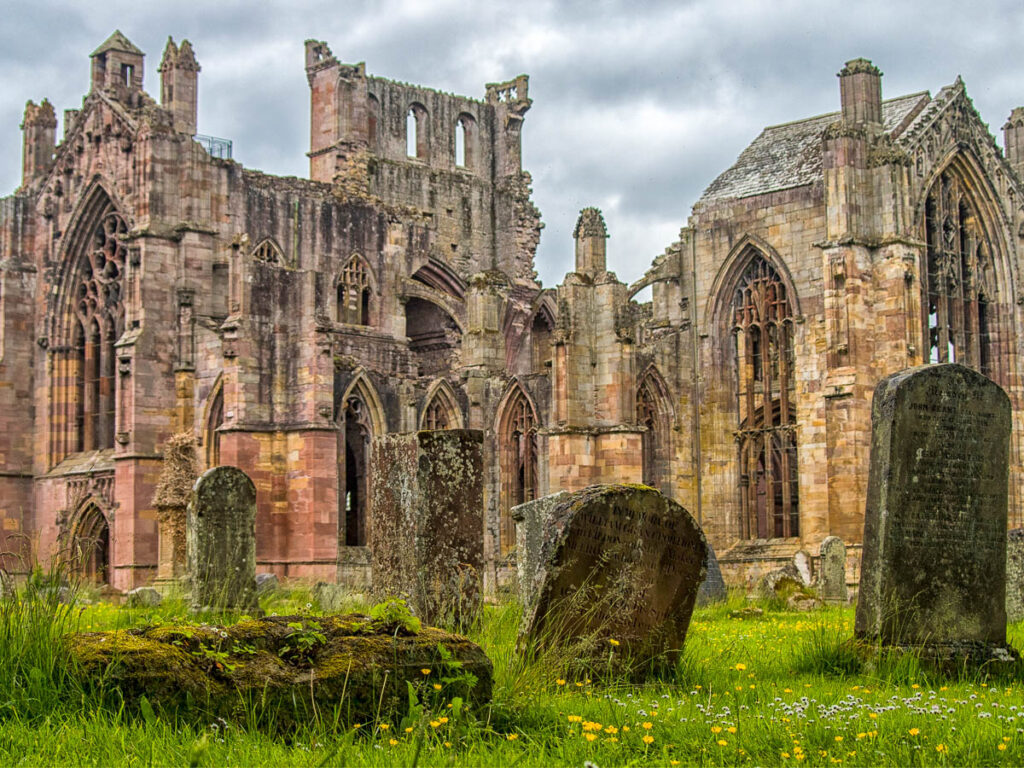
During his working life, Cuthbert travelled throughout the Borders carrying out missionary work on behalf of the Church and then – seeking a more contemplative life – retired to a spot now known as St Cuthbert’s Cave.
He reluctantly returned from his life of isolation to take up the post of Bishop of Lindisfarne on the tiny tidal island of Lindisfarne, and it is here that he was buried and that the St Cuthbert’s Way ends today.
Cuthbert became an important figure of devotion after his death as well as a powerful political symbol of the unique autonomy enjoyed by the region within which he had been a bishop. Miracles were also attributed to the influence of prayer near his remains, and he was a particular inspiration in the Northumbrian struggle against Danish invaders.
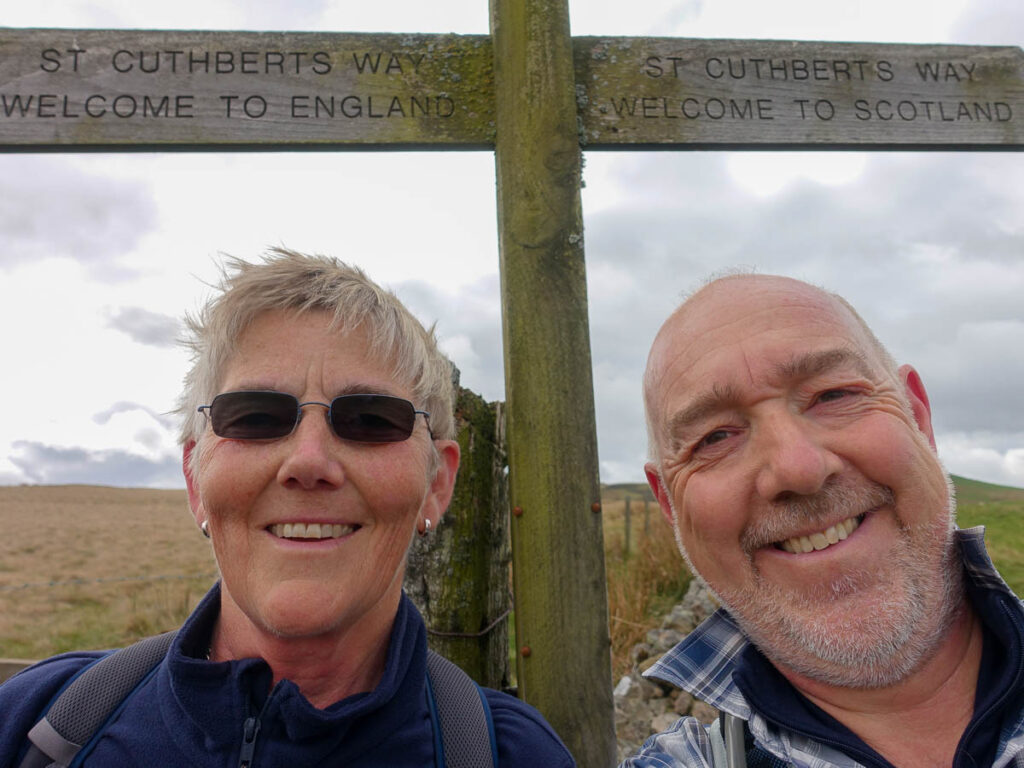
St Oswald’s Way
St Oswald is another fascinating figure whose legacy has seen a pilgrimage walk, the St Oswald’s Way, develop – linking together some of the places associated with his life.
Oswald was the King of Northumbria in the early 7th century and was successful in bringing greater unity to a previously divided region whilst promoting the spread of Christianity.
The St Oswald’s Way begins on Lindisfarne and follows the wonderful Northumberland coast past Bamburgh Castle, the site of Oswald’s royal seat.
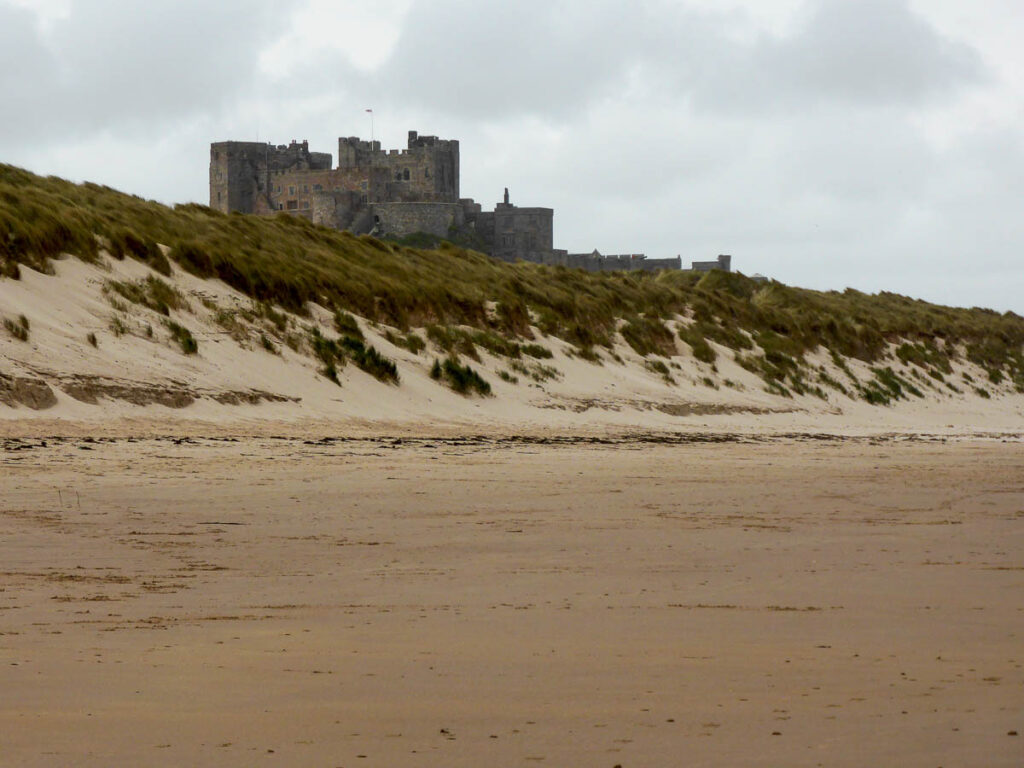
From here it winds its way through the picturesque countryside and past Hadrian’s Wall to its finishing point at Heavenfield – close to the site of one of Oswald’s great victories.
Soon after his death on the battlefield, Oswald became regarded as a saint with miracles associated with the place he died.
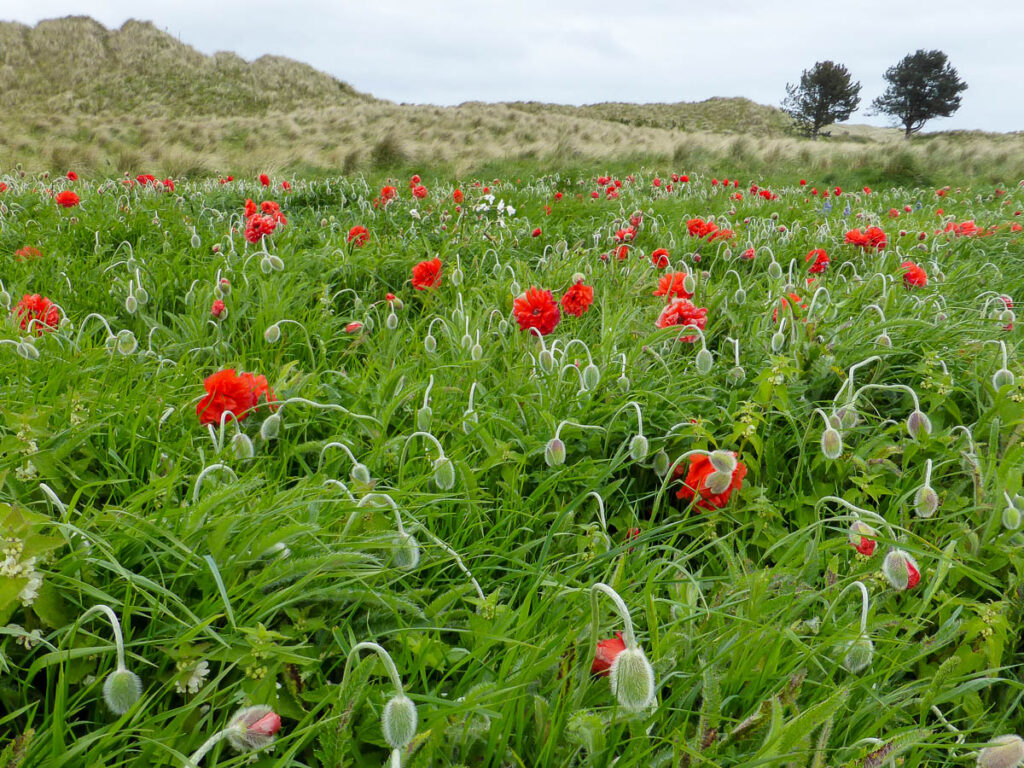
Awe-Inspiring Holy Sights
Every pilgrimage route has a fascinating story to learn. When walking routes have so much history there are always popular and uncharted sights to discover. Here are some of my favourites:
St Andrews Cathedral
These magnificent ruins can be found in my old University town of St Andrews on the east coast of Scotland. The site was used for worship since at least the 8th century when St Andrew’s relics are said to have been brought here, and over time became Scotland’s largest and most magnificent medieval church.
You can explore them on the Fife Coastal Path.
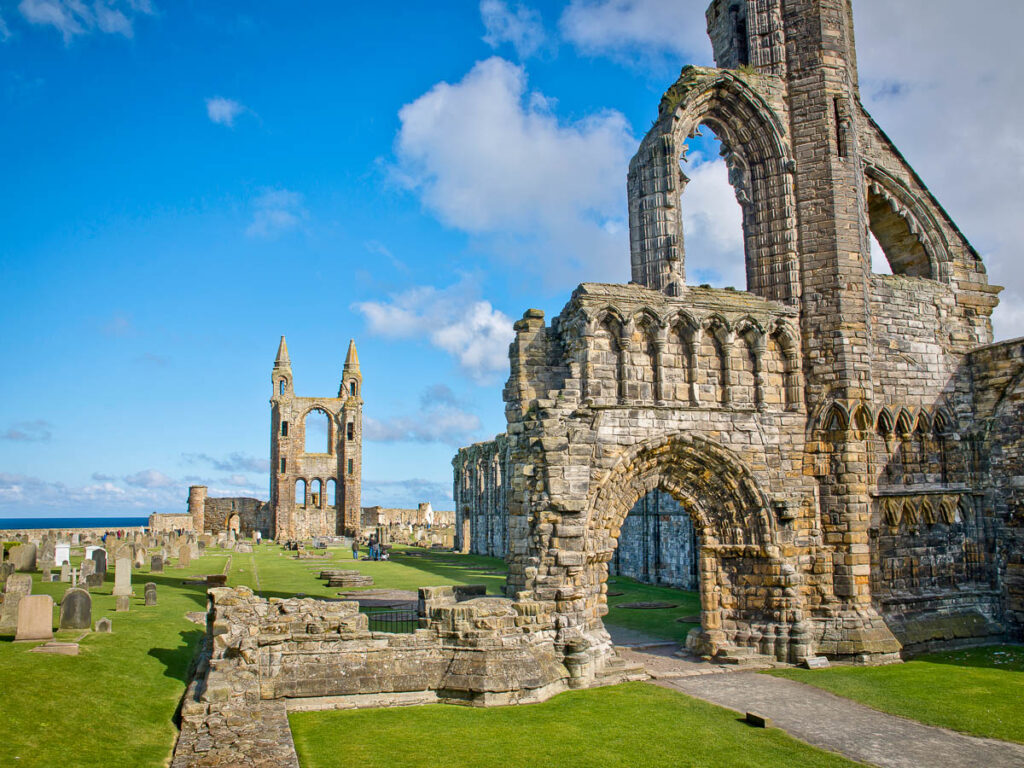
Bath Abbey
The last great medieval cathedral to have been built in England, Bath Abbey is a fitting finale to the Cotswold Way.
The west front of the Abbey has a striking facade of angels climbing ladders, inspired by a dream the Bishop of Bath, Oliver King, had when angels were ascending and descending above him.
The first king of all England, King Edgar, was crowned on the site in 973 and his coronation set the precedent for the ceremonies of all future kings and queens of England and Great Britain.
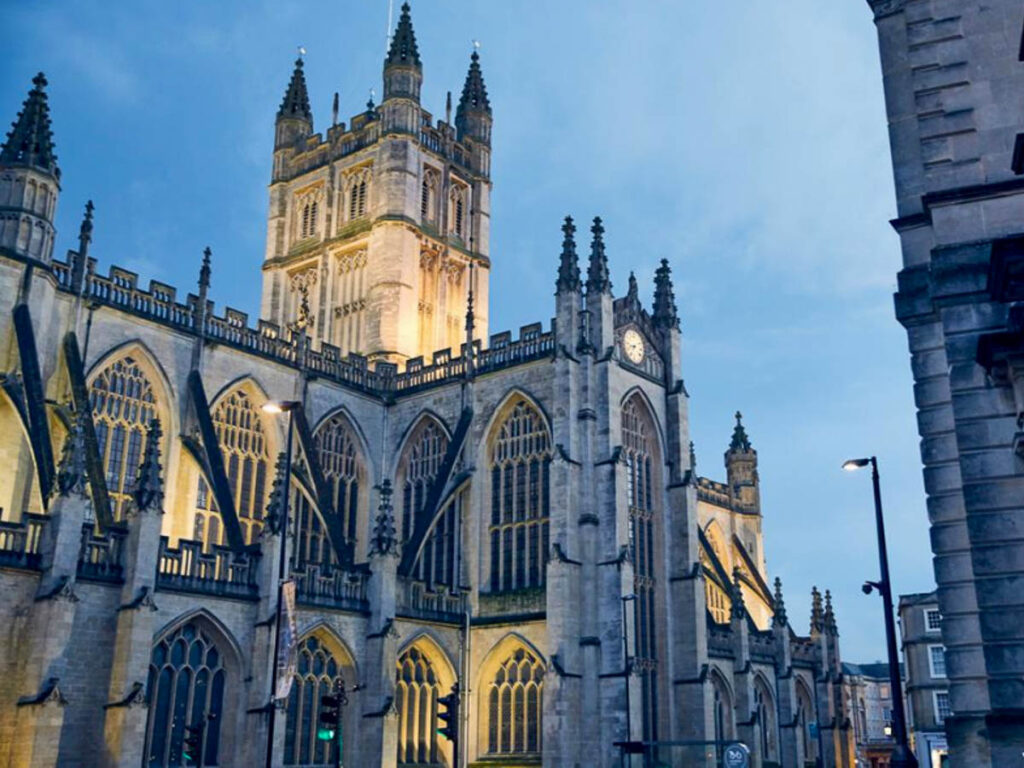
Lindisfarne Priory
Lindisfarne Priory on Holy Island was one of the most important centres of early Christianity in Anglo-Saxon England. It is still a place of pilgrimage today, and the dramatic approach across the causeway adding to the fascination of the site.
When I visited Lindisfarne at the end of my own St Cuthbert’s Way walk, the sense of utter peace that fell over the island around dusk was something I will never forget.
Lindisfarne lies on the route of the St Cuthbert’s Way, St Oswald’s Way, and the Northumberland Coast Path, and is a place I would encourage everyone to visit.
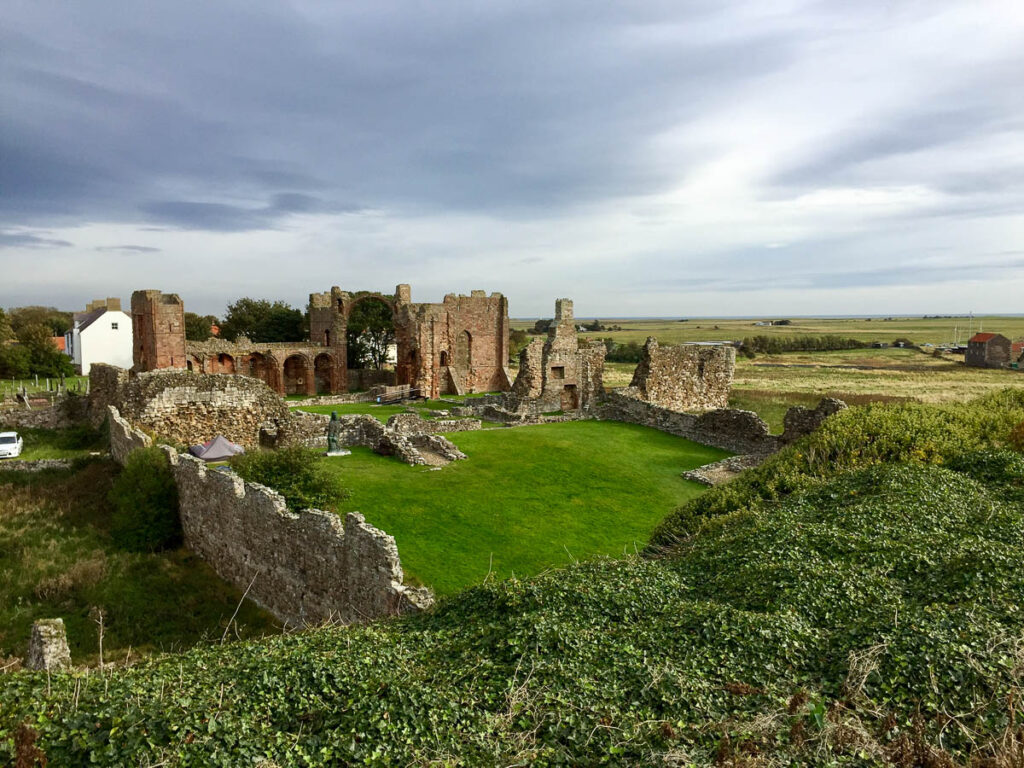
Why Walk a Pilgrimage Trail?
A Sense of Community
You are never truly alone on a pilgrim way. Even on remote stretches of trail when you don’t see another soul, there’s always the sense that so many others have walked the exact same route before you, often for thousands of years.
On popular trails such as the Camino de Santiago which stretches through France and northern Spain, you’ll be walking alongside strangers who quickly become friends through conversation and shared experiences. This makes a pilgrimage walk a great option for solo travellers who’d like a bit of company, as chances are your new friends will be staying in some of the same places as you along the route, and you can chat about your day over a pint in the pub at the end of a day’s walk.
Everyone has their own unique experience of a pilgrim walk, but it’s the people you meet along the way and the wonderful hospitality you experience which will stick with you for years to come.
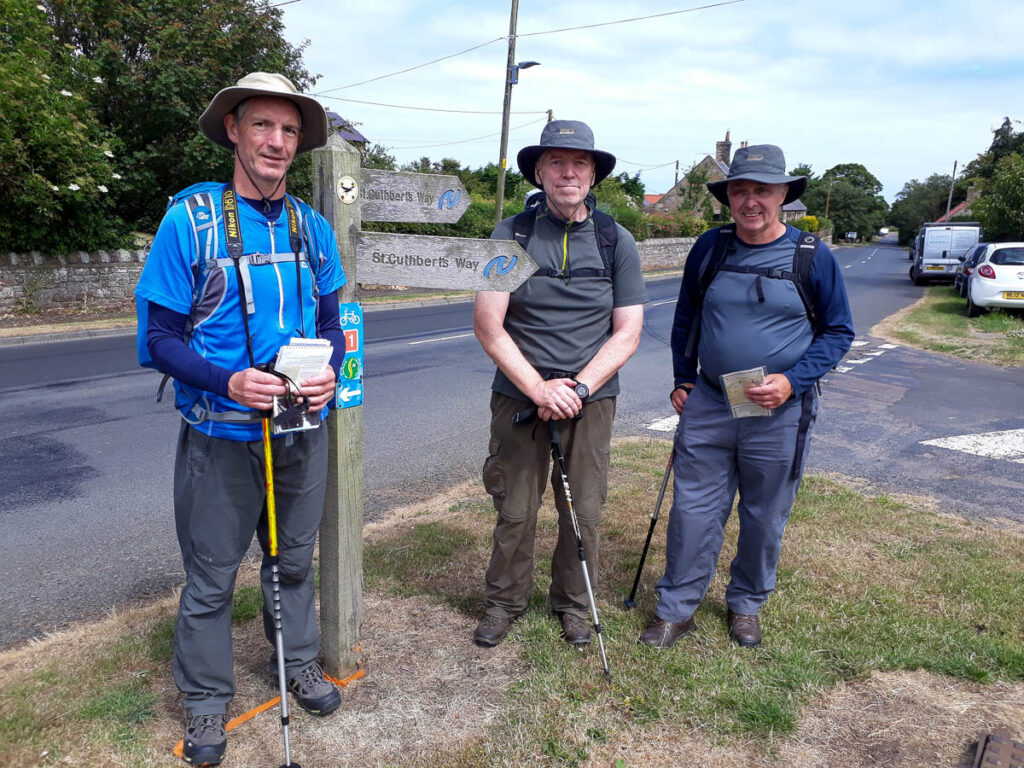
Time to Reconnect & Reflect
The beauty of walking, and in particular of walking an established route like a pilgrim way, is that it gives you the time and space away from the demands of daily life to reconnect with the world around you.
Travelling by foot is one of the best ways to absorb the sights, sounds, and smells of the places you pass. Whether it’s the sweet scent of the wildflowers or the lingering smell of the cowpat you didn’t quite manage to avoid, you’ll feel more in touch with the natural world than perhaps you ever have.

When all you have on your to-do list that day is to put one foot in front of the other (sometimes easier than it sounds!), you’ll also find that the rhythm of walking calms your mind and aids reflection.
On completing a walk recently with a group of family and friends, our client Stephanie captured this perfectly when she said: “This walk provides such an opportunity for meditation, reflection, daydreaming, talking, and laughing.”
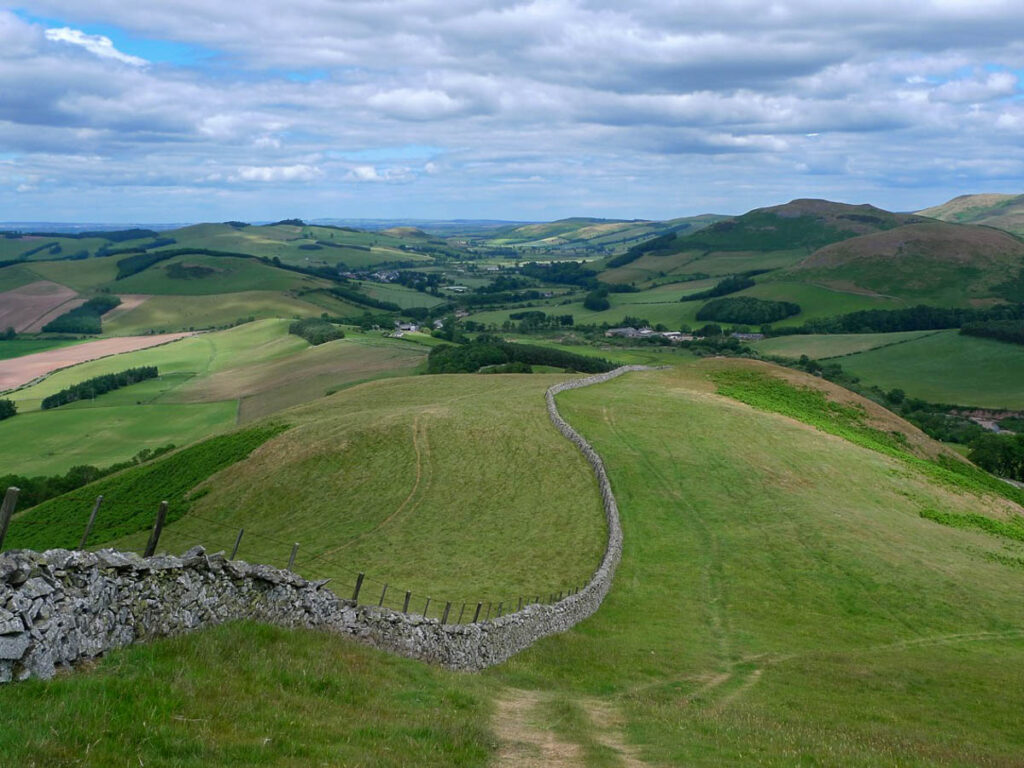
A Sense of Achievement
No matter how long or short your chosen pilgrimage walk is, there’s always a fantastic sense of achievement on reaching the end of your journey.
Having followed in the footsteps (quite literally) of so many people before you, you may even be able to claim a certificate marking your accomplishment!
If you’re inspired to try a pilgrimage walk for your next adventure, Absolute Escapes offer award-winning, self-guided walking holidays which include carefully-selected accommodation, baggage transfers, guidebook/map, and a full information pack.
